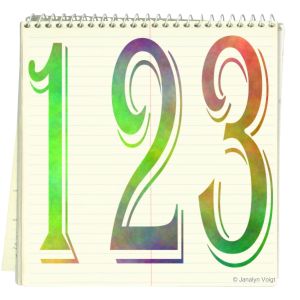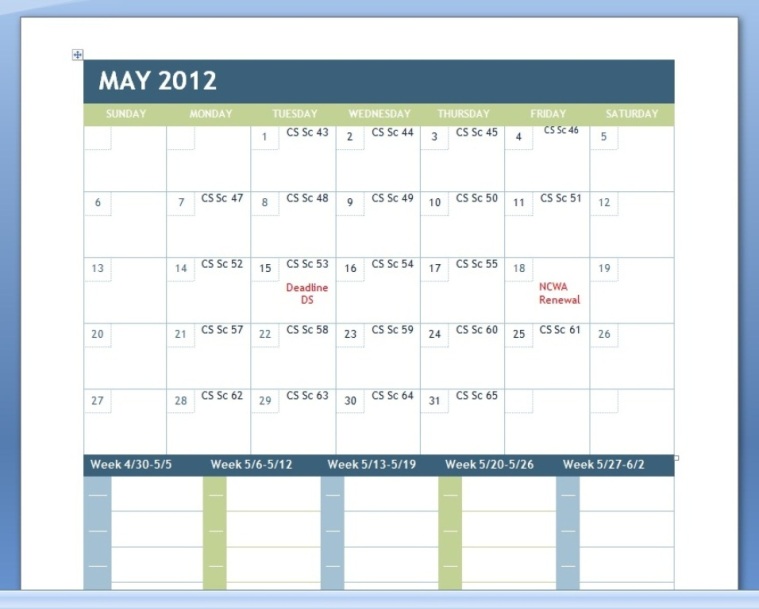 Show, don’t tell. Watch your participial phrases. Don’t head hop. Whatever you do, stay within manuscript length recommendations. For a writer scrambling to keep up with all the dos and don’ts, the writing profession can seem full of arbitrary rules. And when someone breaks said rules and goes on to win awards, it’s tempting to follow suit. One standard you shouldn’t buck, however, is a publishing house’s word-length requirements.
Show, don’t tell. Watch your participial phrases. Don’t head hop. Whatever you do, stay within manuscript length recommendations. For a writer scrambling to keep up with all the dos and don’ts, the writing profession can seem full of arbitrary rules. And when someone breaks said rules and goes on to win awards, it’s tempting to follow suit. One standard you shouldn’t buck, however, is a publishing house’s word-length requirements.
Why? Shouldn’t you let your story tell itself without regard for its length?
If you will be the one footing the bill, you’re free to make your manuscript whatever length you prefer. But if you hope a publisher will pay to produce your book, it’s important to understand that additional pages cost extra money, and not just in terms of paper and ink. It takes several editors (who are on the payroll) to review and guide you in polishing a manuscript. Proofreaders don’t work for free either. If your last name is Tolstoy or Michener you might get away with submitting a beefy manuscript. The rest of us need to keep the bottom line in mind.
Book stores base the number of copies of a particular title to order on standard widths. If a publisher fails to adhere to these widths, it throws off a bookstore’s shelving efforts. Besides this, writing your novel shorter or longer than genre readers expect can negatively influence their buying decisions.
Aren’t these considerations crass? What about your inner artist?
Your inner artist will recover, and you’ll even grow as a writer from keeping to practical guidelines.
But how on earth can you tell how long a novel will be until you’ve written it?
You can’t know entirely, but I’ve developed a method that helps me write to a specific length. Even if you’re a seat-of-the-pants writer and allergic to plotting, my technique may help you. Here’s a screen shot of one of my working calendars. CS stands for my current novel, and the number represents the scene I’ll write that day. (I number them in my plot outline.) I find it helps to include upcoming deadlines and events as well. The DS represents DawnSinger, the first novel in my epic fantasy series, Tales of Faeraven. The Renewal mentioned was a conference I attended.
1. Estimate your desired word count. If you don’t know what that might be, read publishers’ submission guidelines at their sites. As a starting point, here’s an agent-maintained list of word count guidelines. Find the happy middle ground in a given range. That way you can guard against running too-short or too-long.
EXAMPLE: A publisher gives the range of 80,000-100,000 words for a historical romance. The middle ground to aim for is 90,000 words.
2. If you already know the average number of words you write per scene, use that figure. If you don’t know this number, write the first 50 pages of your book, then estimate the average number of words per scene. You can also base your figures on 1,500 words per scene, but eventually, you’ll want to check your own average against this figure and make adjustments as needed. It’s okay to round your numbers.
EXAMPLE: Approximately 12,500 / about 8 scenes = 1,500 words per scene
3. Divide your average words per scene into your desired total word count. The answer is the number of scenes to brainstorm.
EXAMPLE: 90,000 / 1,500 = 60 SCENES
4. Develop your plot to include the number of scenes you should write for your desired total word count. Write just a few sentences to describe each scene. This keeps you from bogging down while plotting and gives you a flexible guideline you can easily adjust as you write.
What’s next?
To learn more about my system of plotting, read How to Plot a Novel in Three Acts at my Live Write Breathe site.
Are you more of a plotter or a seat-of-the pants writer?


fly by the seat of my pants – but really could be better if I plotted…
Evan, I understand what you mean. I hope you’ll give my system a try. It may just work for you.
I started using Janayln’s system for the last 30k words of my novel. I feel much more productive and even came up with some new plot points, so don’t think it will stifle you. Thanks so much for sharing!
Thanks for the endorsement, Melissa. I’m glad you like my system.
This was very helpful. Not just bookmarking…printing to keep. Thanks.
Thanks for letting me know you benefitted, JoAnne. I’m honored that my post made your printed resources.
Thanks for sharing this, Janalyn. Seeing a sample of your calendar helps me to visualize what you describe. I want to see how I can incorporate your ideas with what I’m currently doing. Thanks!
You’re welcome, Jeanne. I’m glad I went to the extra trouble to give you a screen shot of my calendar. I’m a visual learner, myself. 🙂
Even if you’re a panster rather than a plotter, I think there’s much to be learned by at least trying your system, Janalyn. How can we grow without taking a little risk in our craft? You’re the epitome of a left- and right-brained thinker. Great post!
Thanks, Barbara. I seem to be uniquely situated to help BOTH plotters and pantsers. There’s a new term to describe a writer like me: plantster. I prefer hybrid plotter though. 🙂
I usually associate “plot” with fiction. But I know that plotting is essential for non-fiction, too. [But that’s a subject for another post, huh?] Anyway, my right-brain thanks you for the visual, and my left brain appreciates your detailed explanation.
I’d love you to write that post, Karen. Both sides of your brain are welcome. 🙂
Great tips, Janalyn! A good way to break it down.
Thanks, Jordyn. I find big jobs less intimidating when broken into manageable chunks.
I’m definitely a plotter. Great technique, Janalyn. This also sounds like a fantastic way to keep on task each day. I’ll have to give it a try. Thanks for sharing! (:
Rebecca, my system helps me distribute my workload evenly. However, sometimes the rest of life isn’t even. I don’t schedule any writing on Saturdays, and I prefer not to work then, but it’s there if I need it. I also block out more time for a project than I think I’ll need so I have a little margin that way, too.
Best wishes.
This is great and very helpful. I’m a plotter, but listen to my characters. If they don’t like my plans, they are very vocal about and refuse to move. I’ve found they are always right, even if they paint me into a corner.
I’ve made that same discovery! It can take quite a bit of thinking sometimes to get out of a corner without getting paint on my shoes. ;o)
Excellent article! I have been a seat-of-my-pants writer, but lately that doesn’t seem to work, because I keep getting distracted, which isn’t good when one writes by that method. I’m going to give this method a try, to see if I can be more disciplined. Thank you!
I really needed this, because I’ve been after myself to be faster and more prolific to succeed in this business. This gives me a good goal to shoot for on words for the different submission lengths out there now. Thank you (and thanks to Jan Morrill for sharing your post with me!)